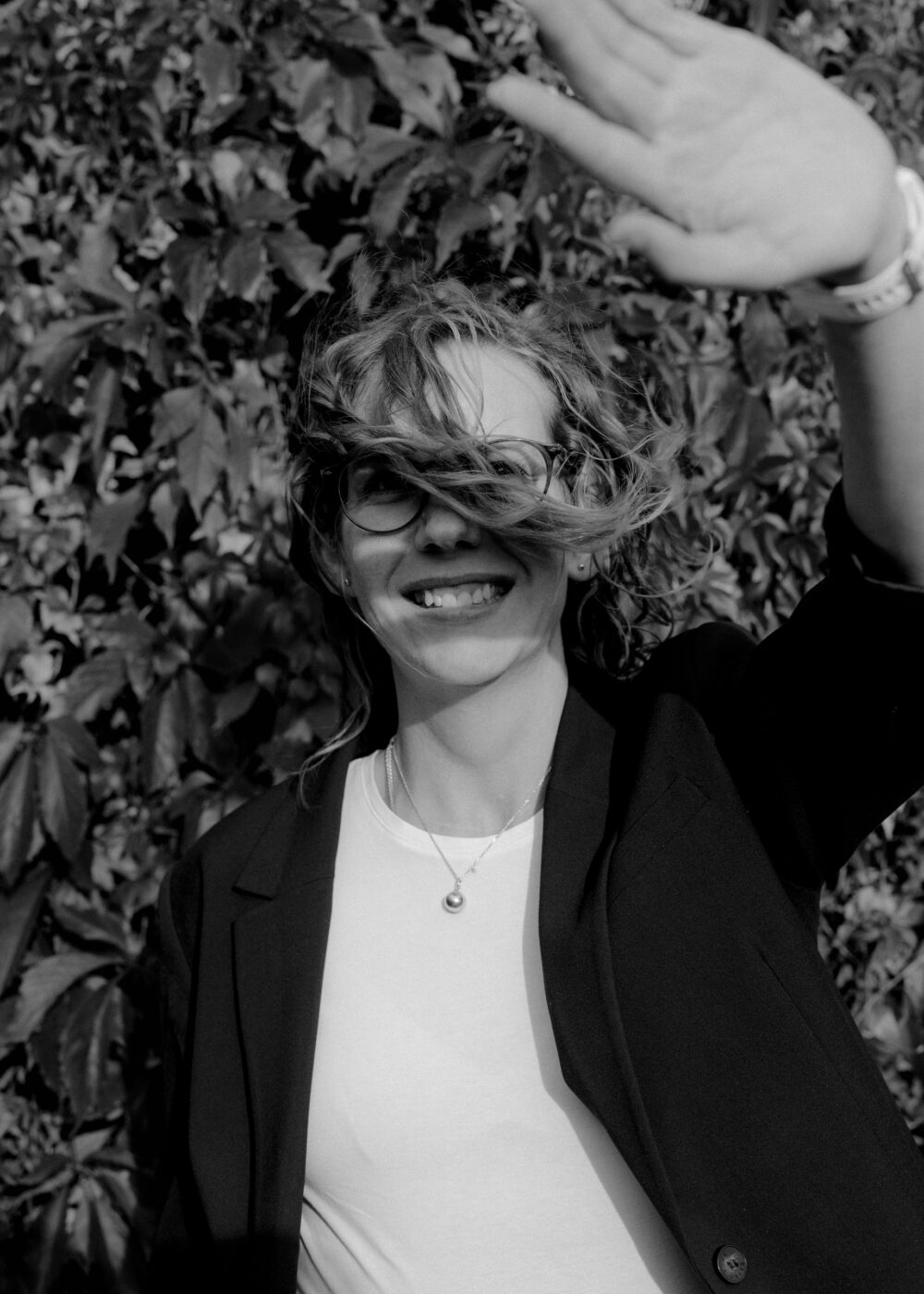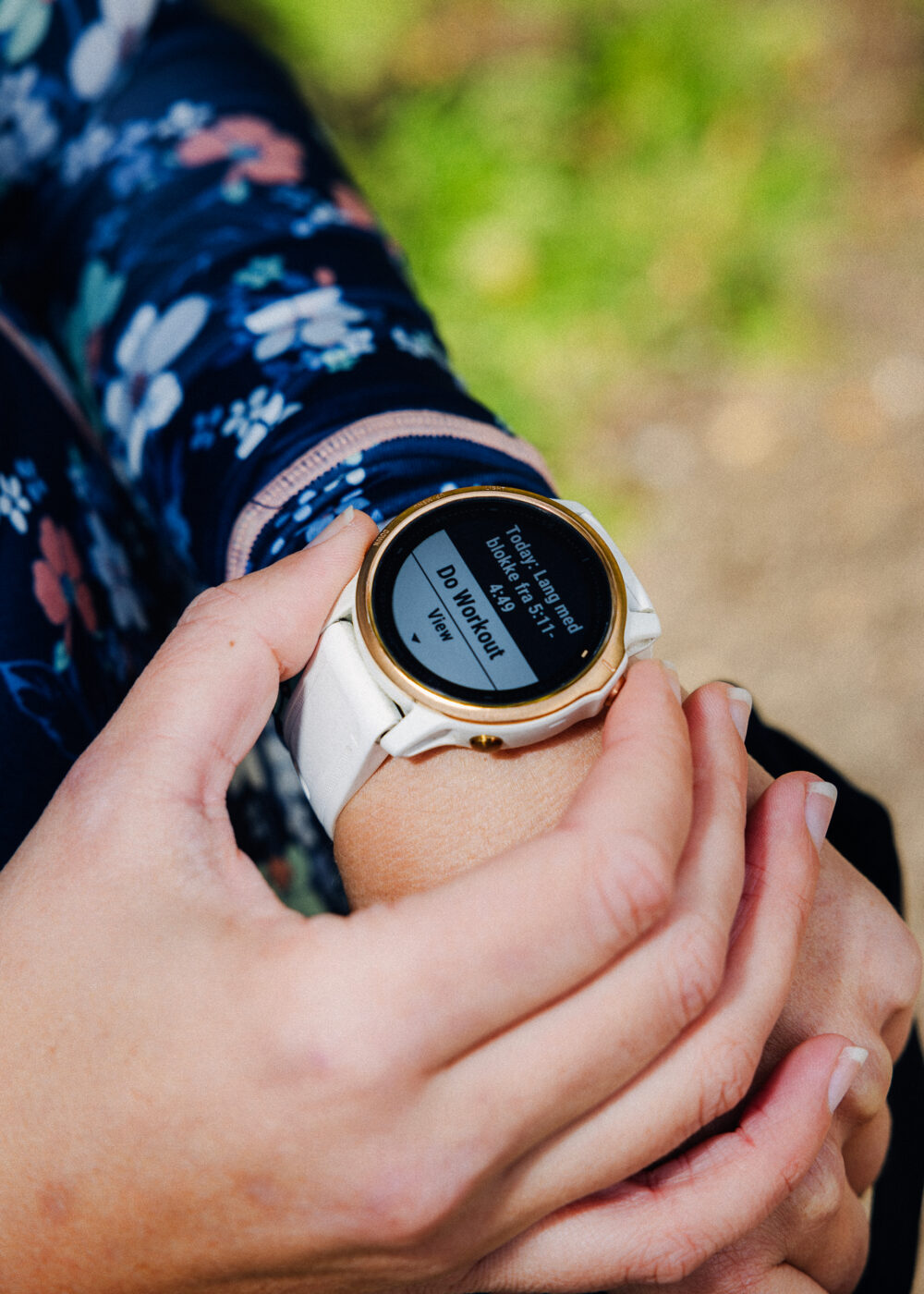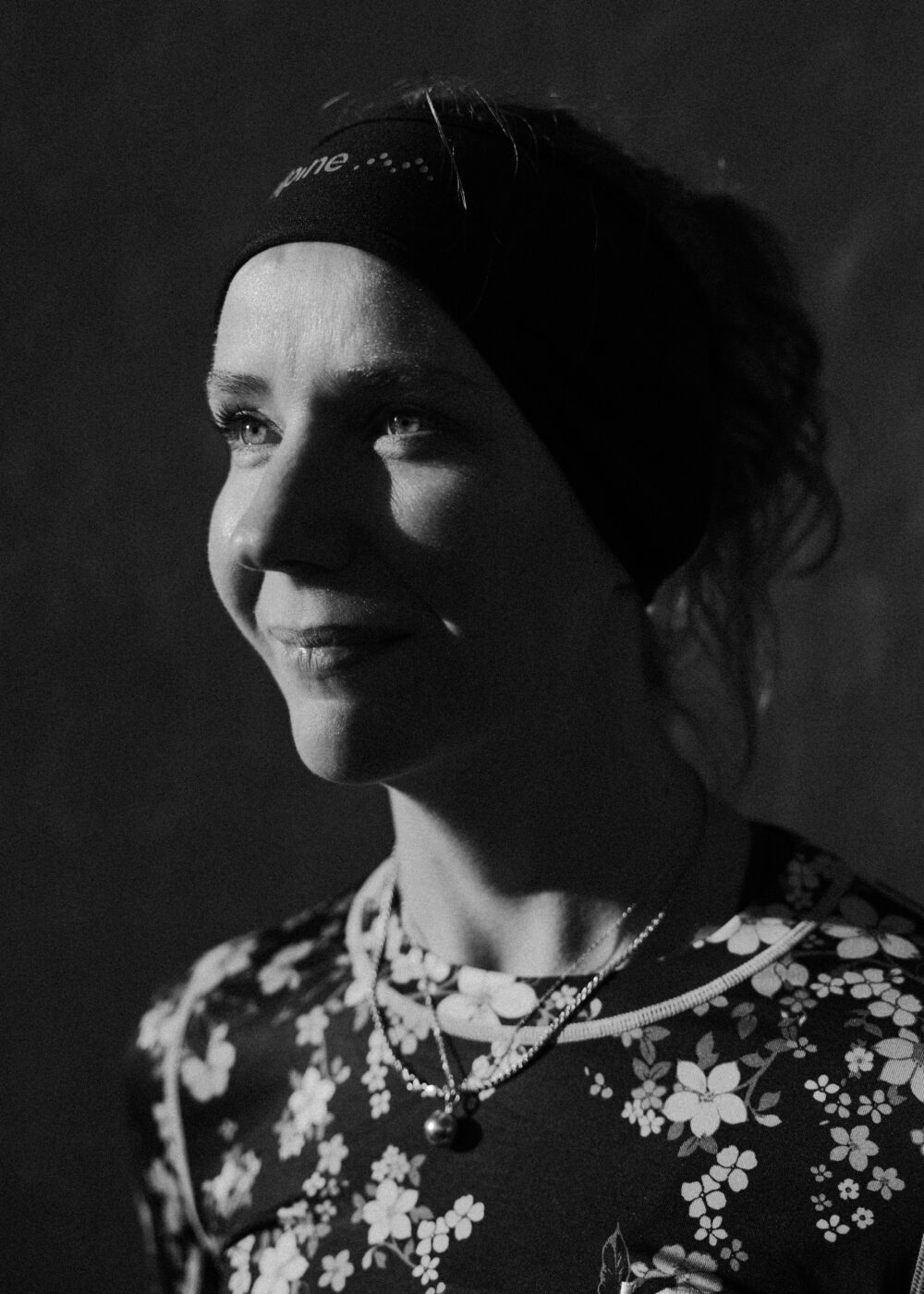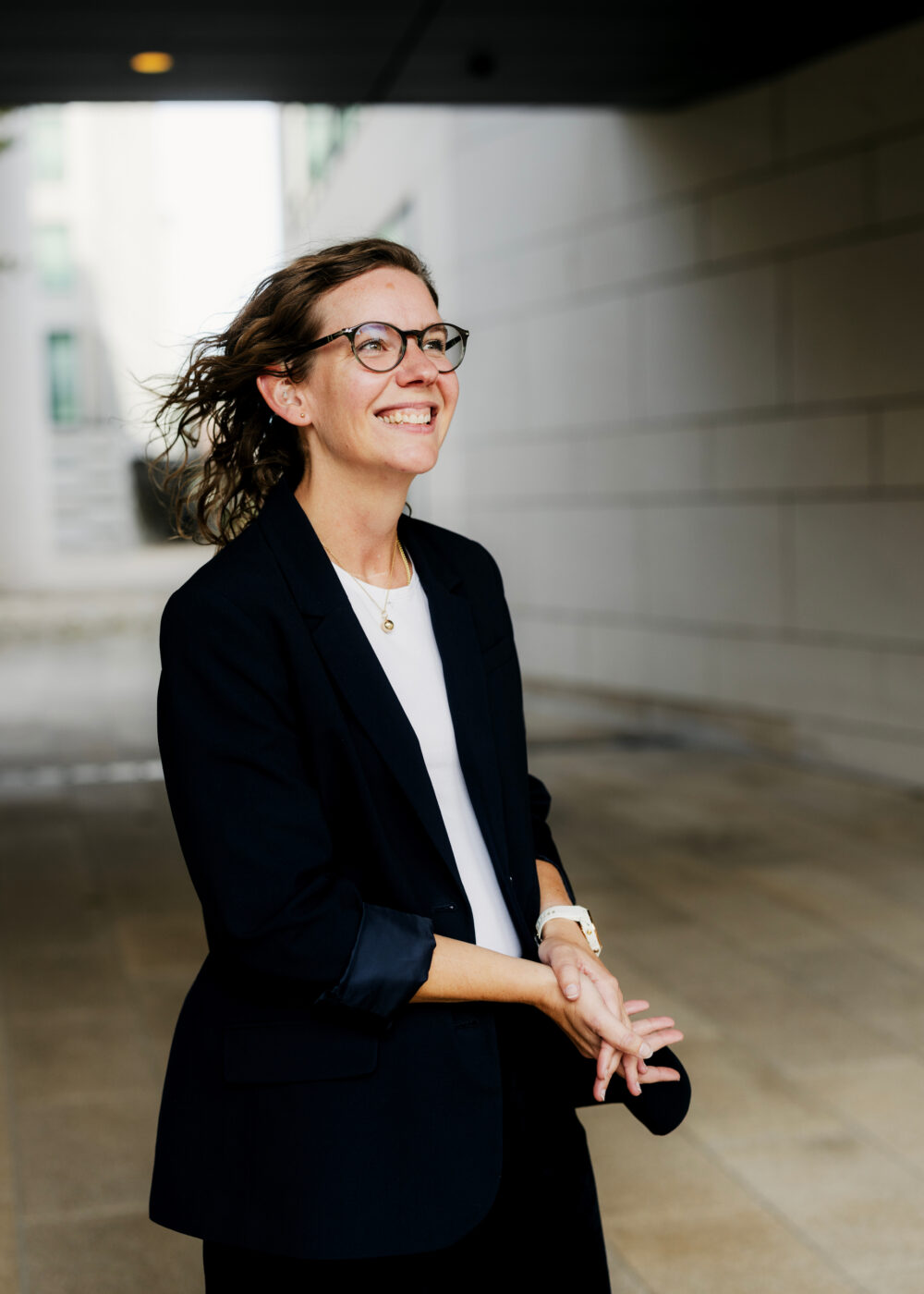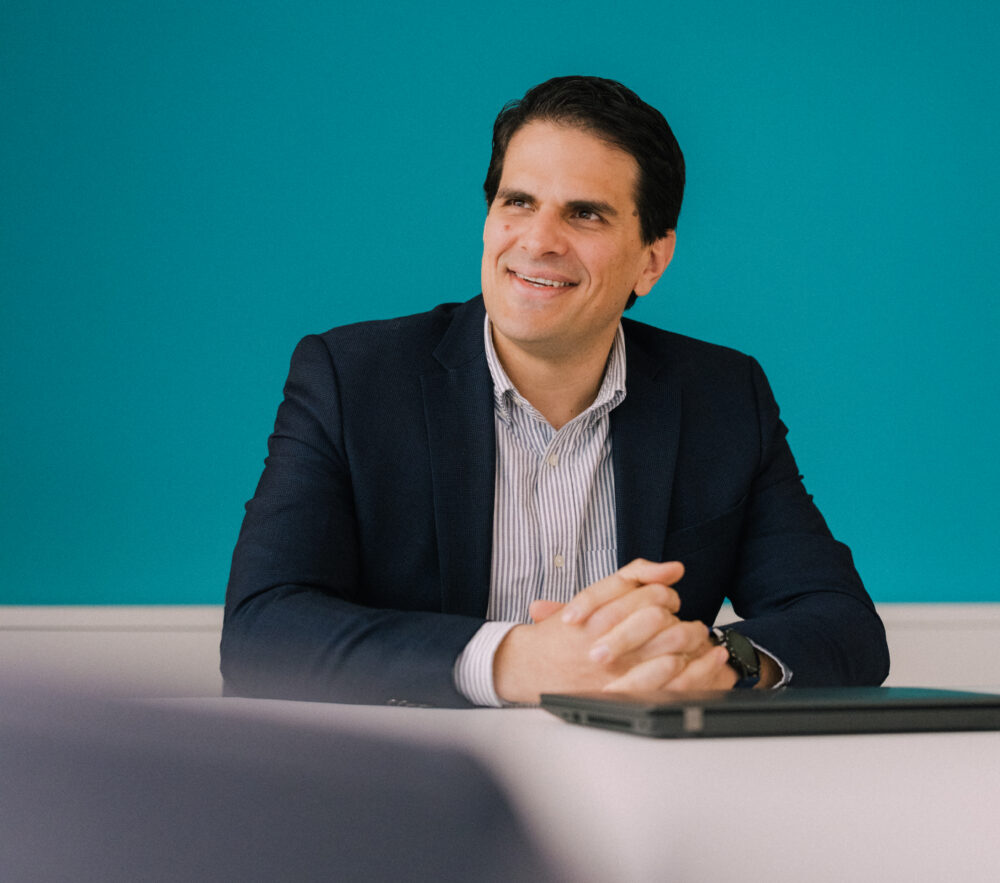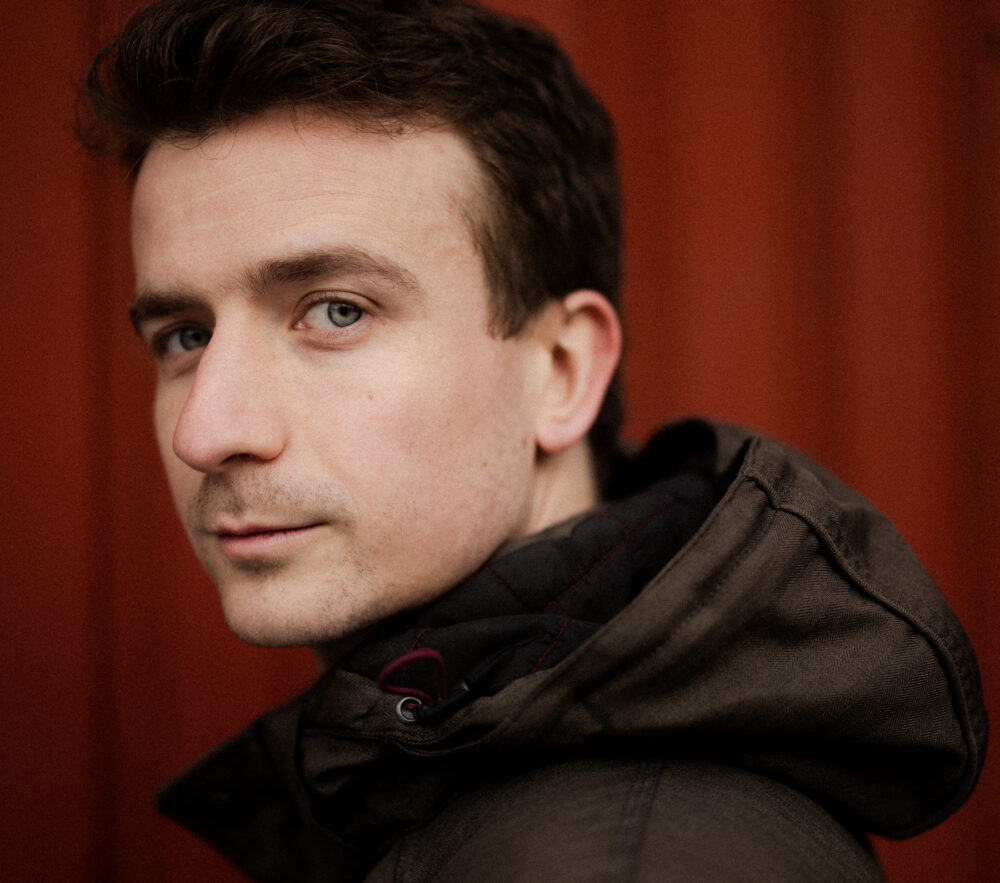At home, a vacuum cleaner hums in one room while a lawn mower handles the garden. Around her wrist is a heart rate monitor logging her activity, and in her internal roadmap for the day, week, and month, she has scheduled everything—from puddles on her running route to the time it takes to eat a bowl of pasta.
For Sofie Heilmann, there’s always room for improvement. She thrives on analysing processes to uncover hidden potential, boost efficiency, and solve problems head-on. But beneath this polished veneer of productivity lies a quiet self-doubt that she has learned to harness to her advantage.
While she may sound somewhat like a machine optimising every speck of dust around her, there’s a reason behind the madness.
She believes that all of these small tweaks in efficiency create space for the things she values most. And this mindset carries into her role at Netcompany, where she works as a Manager and serves as chairperson for the company’s Disability ERG.
»I know exactly how long it takes me to eat lunch by myself versus with colleagues. They’re two different projects in my head. Eating with colleagues is about connection, but if it’s just me, I might as well get it done quickly,« she says.
»The same applies to my work—constantly asking how we can streamline low-value tasks to create room for what truly matters.«


